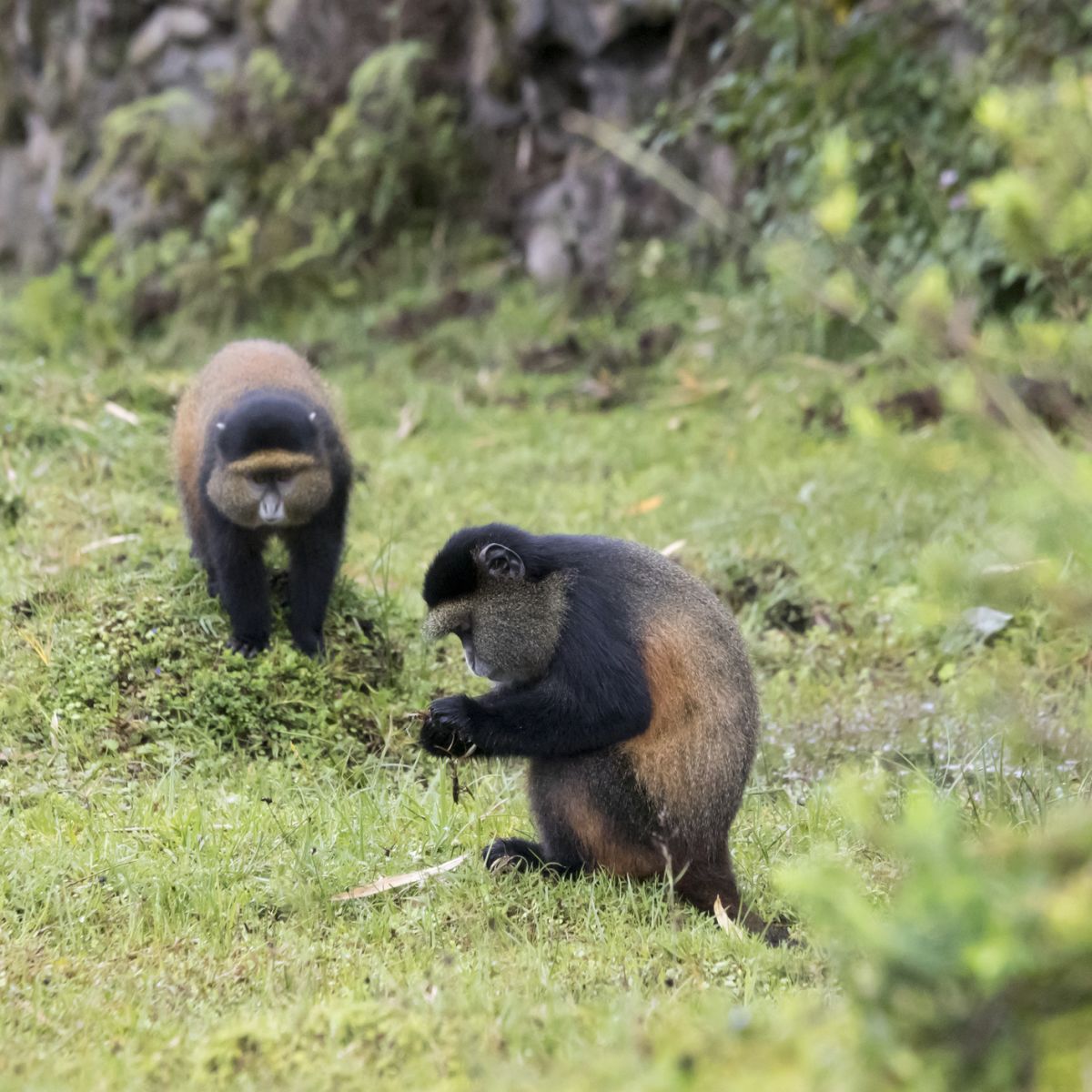
Why you should do a golden monkey trek before your mountain gorilla trek
Did you know there are no primates living in the wild in North America? Nor in Europe, unless you count Gibraltar? So for many, a trip to Africa to see mountain gorillas is the perfect moment to see some other rare primates too! Enter the golden monkey.
Golden monkeys live alongside mountain gorillas
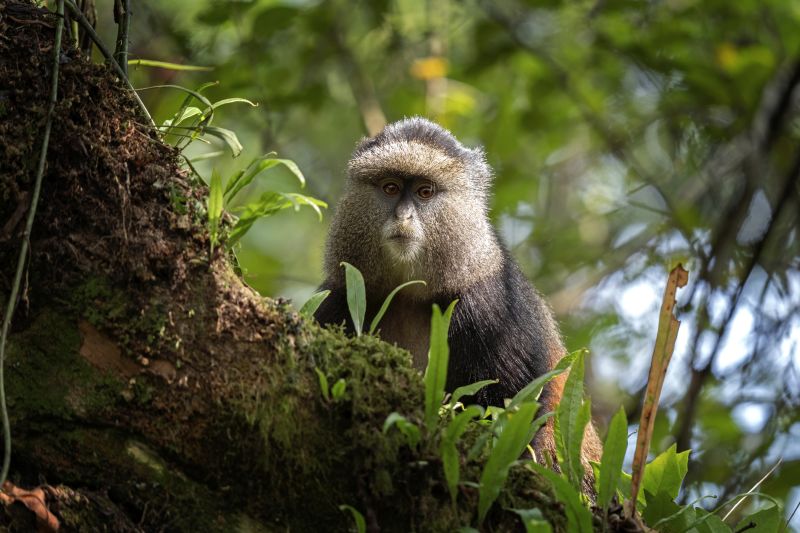
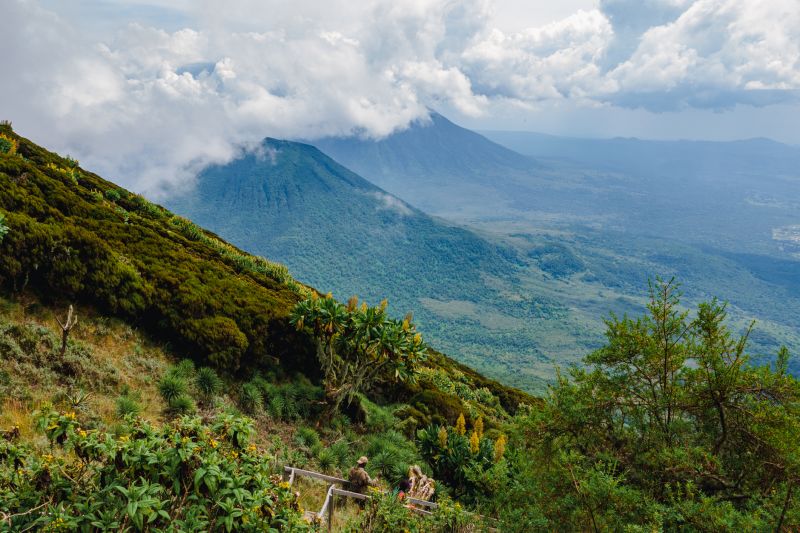
Golden monkeys are endangered
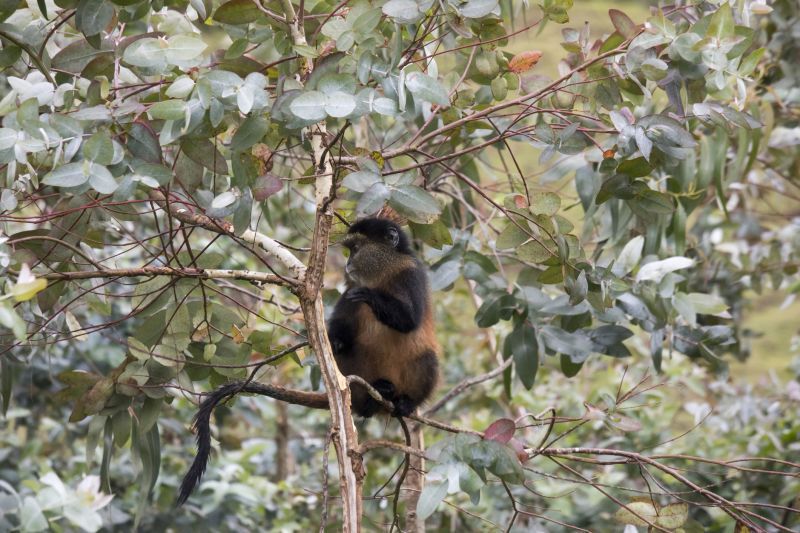

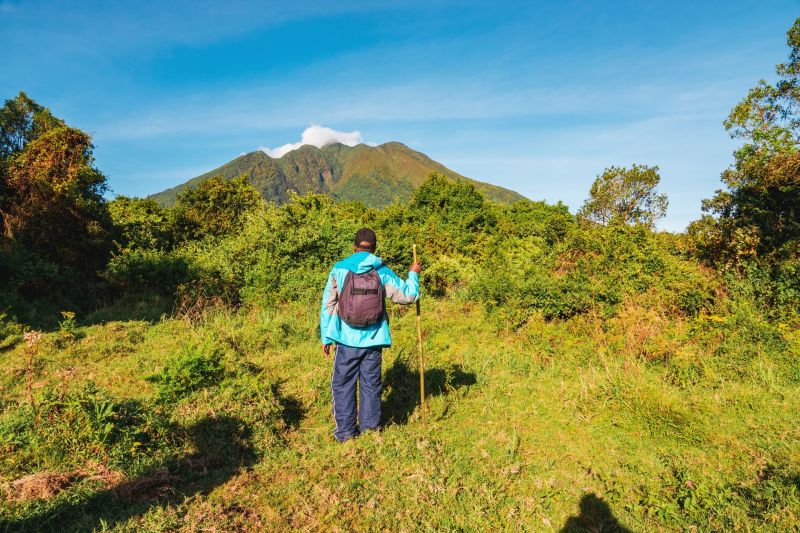
A golden monkey trek helps you to acclimatise
Altitude sickness tends to strike from around 3,000 m above sea level, though for some it can appear at a lower altitude, especially if you've flown in from sea level.
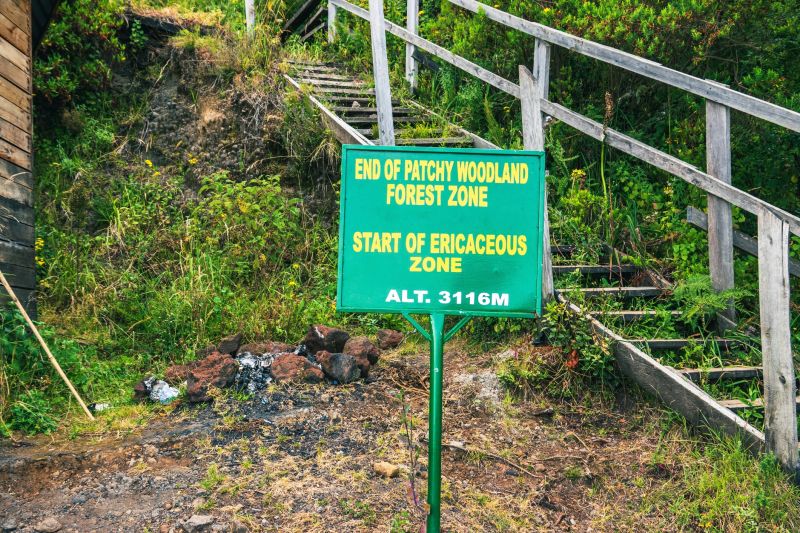
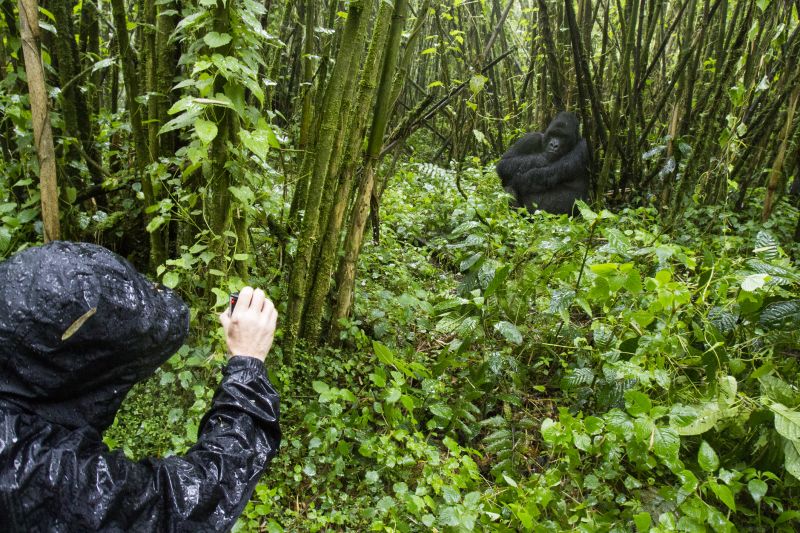
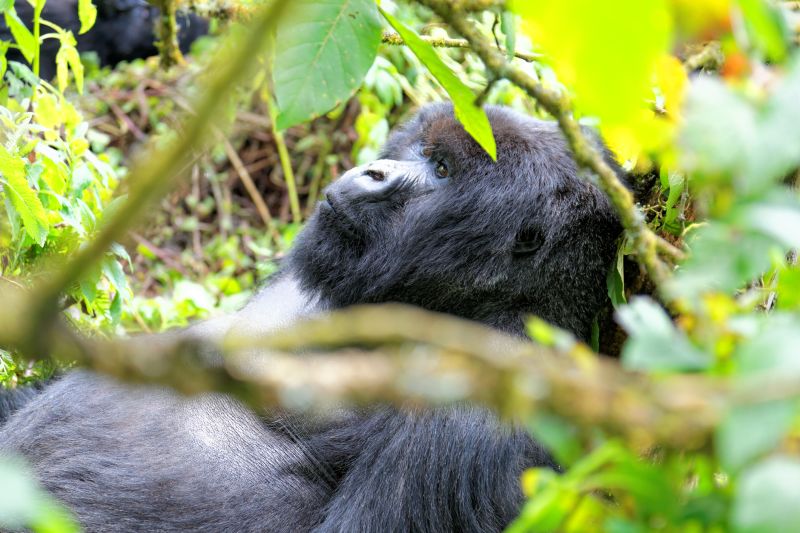
By doing a golden monkey trek first, you're helping your body acclimatise to the high altitude before asking it to likely go even higher on a gorilla trek.
One hike in the Virungas simply isn't enough!
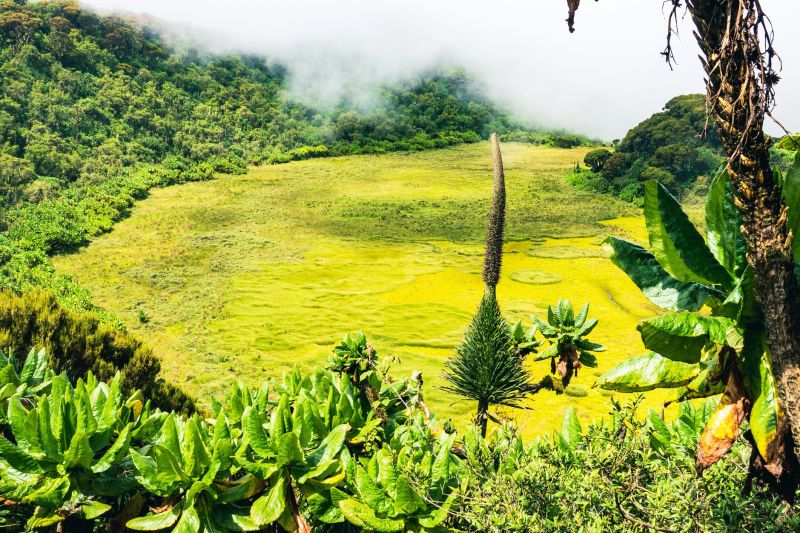
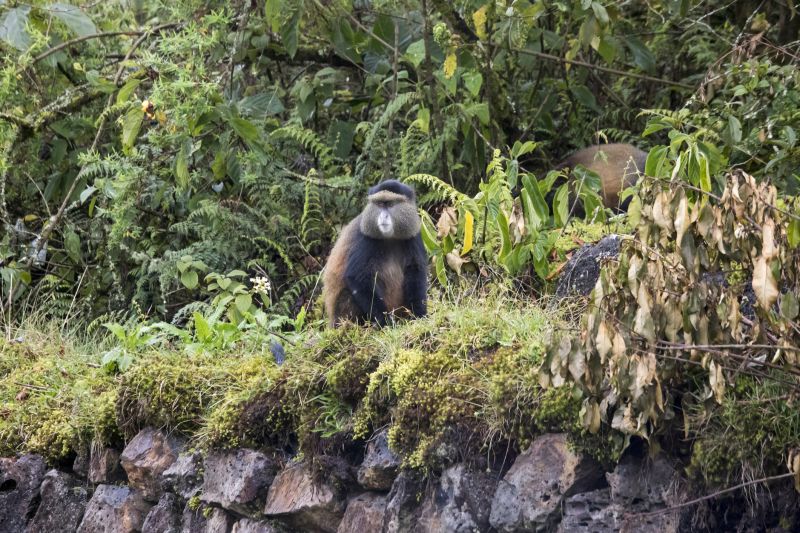
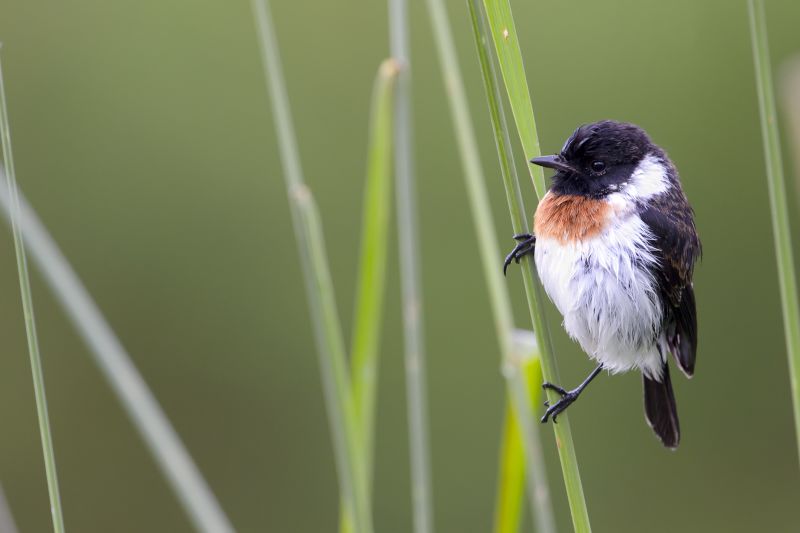
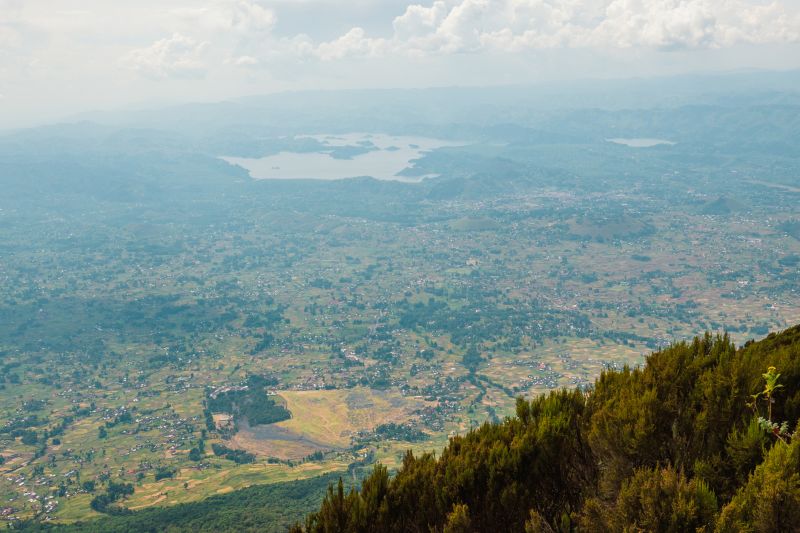
Golden monkey trekking is relatively cheap
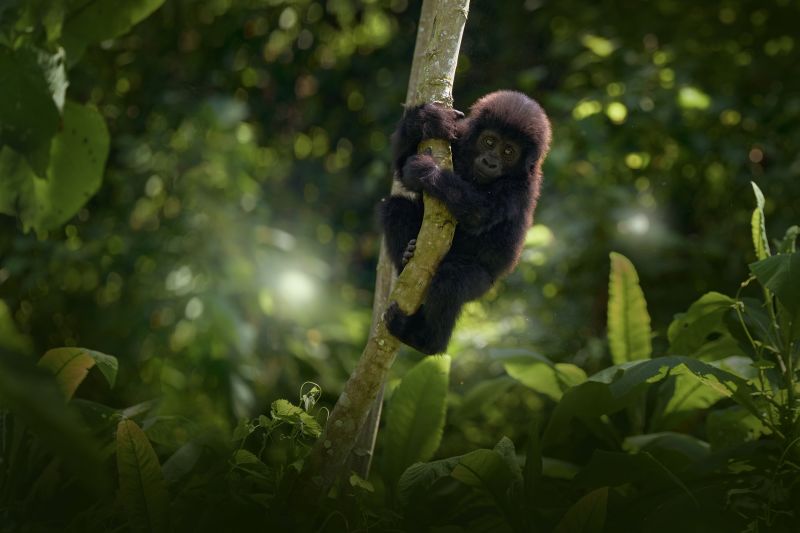
Go for broke and trek to see chimps as well?
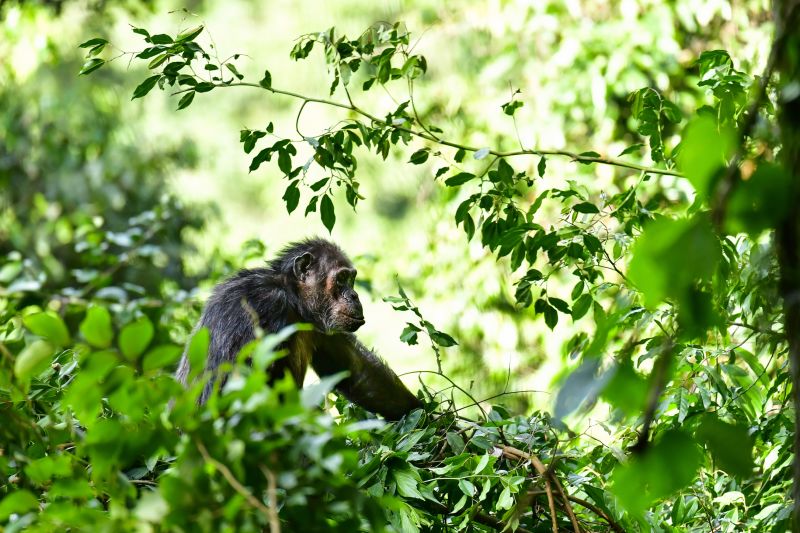
East Africa offers three rare and incredible animal encounters that take place on beautiful forest hikes: mountain gorillas, chimpanzees and golden monkeys.